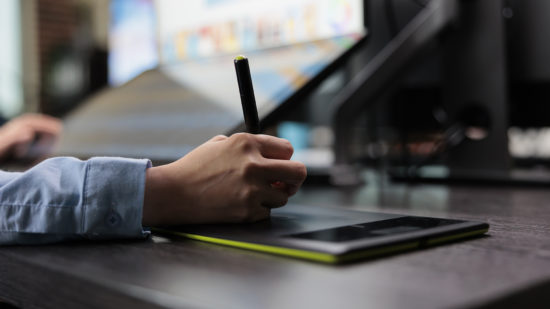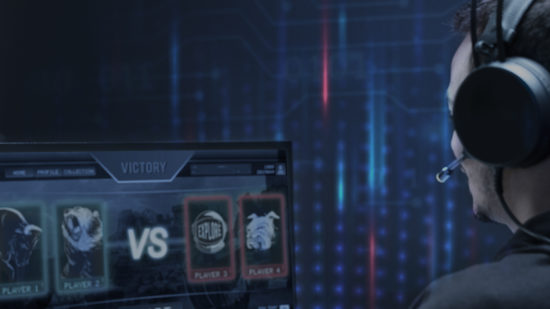Having blown up the entire digital industry, today NFTs help artists and collectors find one another on the web of zeros and ones, let alone get extremely rich sometimes. Sounds promising? Keep reading and don’t let your jaw drop completely!
This whole NFT craze started once a digital artist who goes by the pseudonym Beeple sold his masterpiece for an astonishing $69m! What’s so special about it, after all? Well, it’s not his artwork itself that was sold at the auction but the NFT of it.
What makes this entire blockchain thing stand out is that digital marketplaces sell not only the JPEG version of your artwork but also the certificate of ownership stored on a blockchain, like Ethereum or Polygon. Still confusing? Hold on, we’ll get to the technical side of NFTs a bit later.
If you don’t know how to create NFT art and from what angle to approach it, you’ve come to the right place. Start mastering this field step by step, or merely contact an NFT art design company to get it working right away!
What Is NFT Art, and How To Understand It Technically?
Standing for a non-fungible token, an NFT is simply a unit of data kept on a digital ledger with the help of blockchain technology. As a cryptocurrency service, blockchain serves as a system responsible for recording transaction information, which makes it incredibly secure.
With NFTs, you can verify the authenticity of the artwork, as well as prove the ownership of crypto art thanks to smart contracts that act as sale agreements. However, where is the place for art in this blockchain scheme, though?
If you type ‘NFT art meaning’ or ‘NFT art definition’ into Google, you’ll get an endless list of articles explaining the technical intricacy of the system facilitating the work of NFTs. Summing them up, NFT art is a digital artwork that is associated with a non-fungible token that certifies the ownership and authenticity of the digital art piece, distinguishing it from any other copies or replicas. Also remember: this buzzy crypto trend doesn’t make art worse or worthless, only because it’s hyped up.
Types of NFT Art
The blockchain technology behind NFT art is a helpful tool for digital artists to sell their artworks via online marketplaces for a specific cryptocurrency, be it ETH or MATIC.
Since you can mint anything digital to turn it into an NFT, there are a lot of NFT art types you can work with. However, for the good of brevity and clarity, let’s limit ourselves to a few of them.
1. Artworks. Anything painted, drawn, or modeled in a digital form can be morphed into an NFT.
2. Various collectibles/cards. From Cryptokitties to other collectibles, almost anything potentially valuable among collectors can be transformed into fundraising NFTs.
3. Game objects. What you earn inside an NFT game may also be easily converted into non-fungible tokens. Whether it’s a unique sword or a gold chest — players can purchase the certificate of ownership of potentially any game object, making it an NFT.
4. Virtual fashion. With NFTs, you can easily buy a virtual version of your favorite bad to enjoy and display it inside a preferred metaverse.
Even though these aren’t all the art types of NFTs, keep in mind that anything can be minted on a blockchain. Who knows, maybe NFTs are on the verge of being used as proof of ownership for real-world objects. Fully legally.
Any Requirements for Producing NFT Artworks?
From an artistic perspective, you don’t need any talent to create and sell NFT art. Beyond question, there are online marketplaces that trade exclusively products of high artistic value (seen through the traditional lens). Nifty Gateway or SuperRate, for instance. But not all of them.
Platforms like OpenSea or Rarible allow you to upload even a simple sphere or cube rendered in Blender to be then minted on a blockchain. Though you don’t need to have any artistic talent to produce NFT art, you significantly reduce the odds of your artwork hyping up the market of NFTs if it’s been crafted with little effort. Sometimes relying on professionals to create NFT art is a better option.
What Is NFT Art Used for? — 5 Most Resonant Cases
We’ve already referred to some of the most famous NFT art examples. Today, even large brands like UFC release their own NFT art collections, and this practice gradually becomes the new normal in the business world. The same relates to NFT games, and your crypto art collection can also be included in the list of the greatest lots of NFTs in history.
Now let’s categorize 5 of the most booming and expensive NFT artworks by their price to gain insight into a point where we can start creating our own crypto art project.
1. Beeple — Everydays: The First 5000 Days
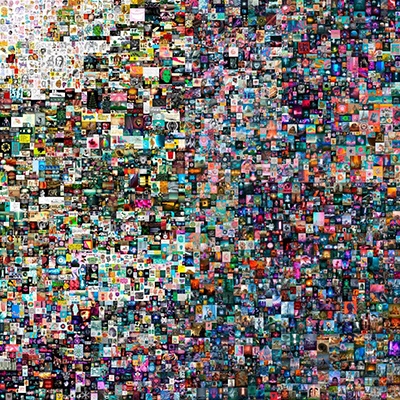
Being sold for 38,525 ETH ($69m), this piece has broken the bank and is currently considered the most pricey NFT art.
2. Julian Assange and Pak — Clock
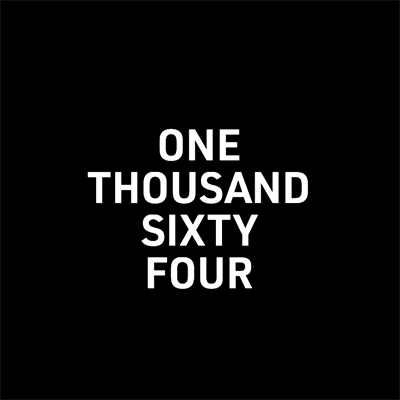
This NFT artwork was sold for 16,953 ETH (almost $53m). Interestingly, it portrays a timer counting the days Assange has spent behind bars.
3. Beeple — Human One
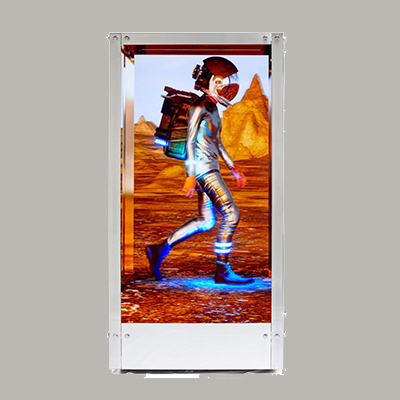
The lot, combining both a digital copy and a physical original, left the auction for 4,700 ETH (almost $29m).
4. Larva Labs — CryptoPunk #5822

This punk was sold for 8,000 ETH (approximately $24m). If you are willing to truly comprehend how NFT artworks, just look at cryptopunks. This collection continues to reap the harvest of hype and bring millions of dollars to its creators.
5. Larva Labs — CryptoPunk #7523

Sold for an impressive 4,700 ETH (more than $11m), this cryptopunk reflects the social frenzy about the COVID-19 pandemic, highlighting the importance of communities standing behind NFT fame.
Legal Aspects and Intellectual Property Rights of NFTs
As with many other entities brought by Web3, NFT art is a gateway to a new ecosystem and economic relations, and you need to navigate the legal side of this shift before releasing or purchasing NFT artwork. So, let us help you to learn the basics.
It’s crucial to understand that purchasing an NFT typically does not confer copyright ownership of the digital artwork itself. Instead, it often represents ownership of a unique token linked to the artwork. The actual copyright remains with the original creator unless explicitly transferred through a separate agreement.
When an artist mints an NFT, they can embed specific terms and conditions into the smart contract associated with the token. These terms can include copyright notices, usage rights, and any other legal stipulations. Smart contracts are immutable once executed, ensuring that the artist’s conditions are permanently recorded on the blockchain.
Artists can also employ digital watermarking or signatures to assert their authorship and ownership, making it easier to track and control the use of their artwork online. While this does not prevent all forms of unauthorized use, it enhances the security and authenticity of NFTs.
Although not always mandatory, registering a copyright can provide additional legal leverage in case of infringement disputes. It establishes a public record of the artist’s claim to the artwork and can be beneficial in jurisdictions where copyright infringement cases are prevalent.
Given the evolving nature of NFTs and digital copyright law, consulting with legal professionals who specialize in intellectual property and blockchain technology is advisable. They can provide tailored advice and help artists navigate the complex legal landscape of NFTs.
The Main Marketing Strategies for NFT Art
The first step in marketing NFT art is understanding who your audience is. Are they traditional art collectors, crypto enthusiasts, or perhaps fans of a specific art style or genre? Tailoring your marketing strategy to the interests and behaviors of your target audience can significantly increase its effectiveness.
People connect with stories. Share the inspiration, process, and the story behind your art. This not only adds depth to your work but also helps in creating an emotional connection with potential buyers.
One of the key appeals of NFTs is their uniqueness and scarcity. Highlight the exclusive nature of your NFTs in your marketing. Limited editions or one-of-a-kind pieces can create a sense of urgency among buyers.
Collaborating with other artists or brands can open up your work to new audiences. These partnerships can be cross-promotional, providing mutual benefits in terms of exposure and audience reach.
Choose the right NFT marketplace that aligns with your art style and audience. Being active on these platforms, participating in their communities, and understanding their specific audience can be crucial for your marketing strategy.
How to Promote NFT Artworks Online?
-
Build a Strong Social Media Presence. Platforms like Instagram, Twitter, and LinkedIn are powerful tools for artists. Regularly posting your artwork, engaging with your followers, and using relevant hashtags can significantly increase your visibility.
-
Create Engaging Content. Beyond just showcasing your art, create content that engages your audience. This can include behind-the-scenes looks, live art creation sessions, Q&A sessions, and educational content about NFTs and digital art.
-
Leverage Crypto and NFT Communities. Engage with communities on platforms like Discord, Reddit, and Clubhouse. These platforms have dedicated groups for NFTs and digital art where you can share your work, get feedback, and network with other artists and collectors.
-
Use Influencer and Blogger Outreach. Partnering with influencers and bloggers who have a strong following in the sphere of crypto or NFT art is an effective way to reach a wider audience. They can provide credibility and introduce your work to potential buyers.
-
Launch Email Marketing Campaigns. Don’t underestimate the power of a well-crafted email list. A regular newsletter featuring your latest works, upcoming projects, and insights into the market of NFTs can keep your subscribed audience engaged.
-
Use Paid Advertising. Consider using paid advertising on social media or Google Ads to reach a broader audience. Target your ads based on interests, behaviors, and demographics to maximize their effectiveness.
-
Organize Virtual Exhibitions and Webinars. Hosting virtual exhibitions or webinars can attract a global audience. These events can be used to showcase your work, get people acquainted with NFTs, and interact directly with potential buyers.
How to Create Art for NFT that Stands Out?
If you are still wondering how to make an NFT art product, here is a plan of what you should do. Primarily, research the market of NFTs, visit trading platforms like Rarible or OpenSea, and search for the most popular artworks. Pay careful attention to their genre, and style, as well as whether they are part of collections or in a one-of-a-kind form. By the way, 3D-Ace can help you out with the research phase as well.
Creating art for NFT marketplaces is always about either following the trends (say, pixelated punks and apes painted in toxic hues) or establishing your own. Afterward, you should try your hand at painting, drawing, taking photos, or recording music. Concerning questions of how to design NFT art, keep in mind that ideas go first and only then skills or talents.
How to Create 2D NFT Art?
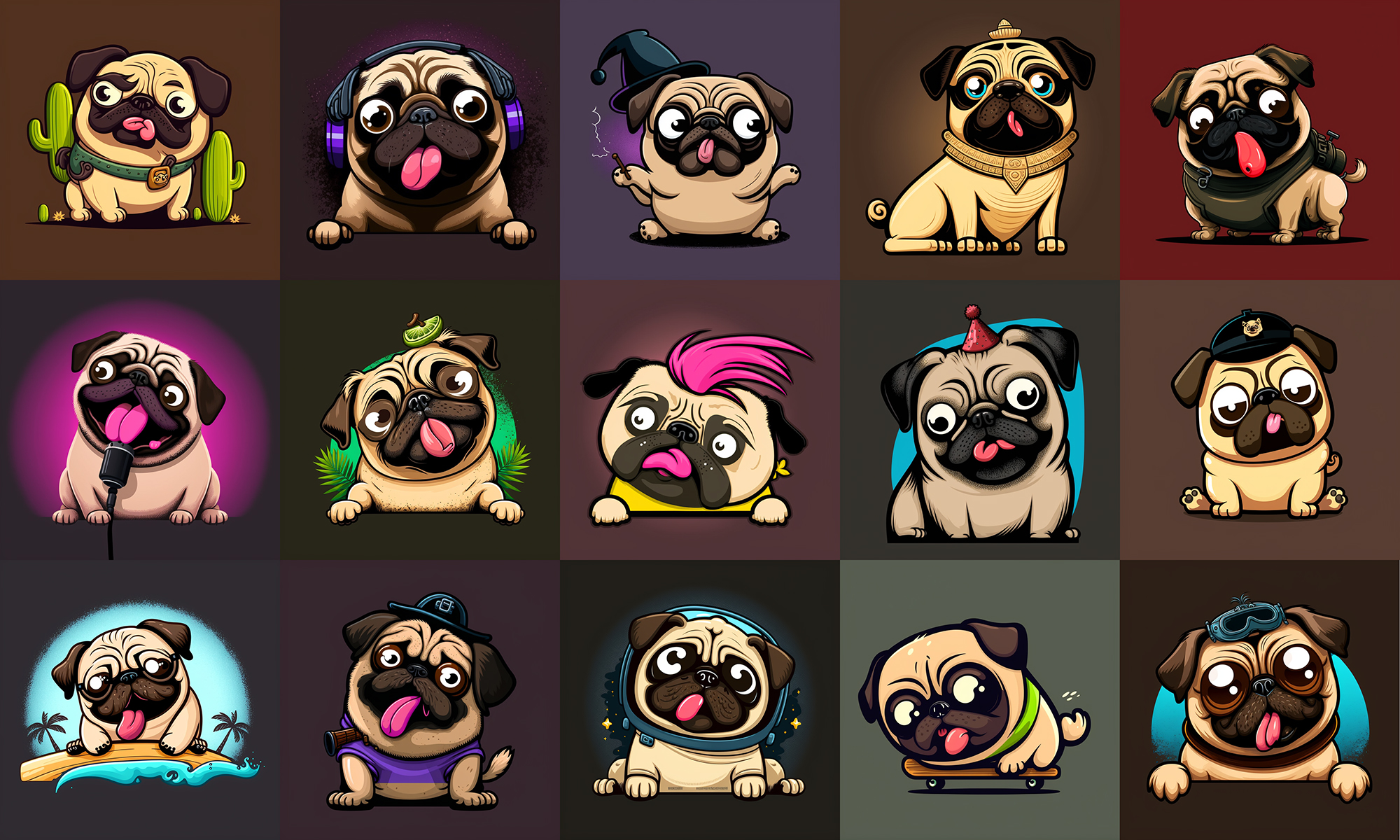
In case you are more after 2D or pixel art for NFT, all you need is either tangible real-world paper or any photo editor/drawing software like Photoshop. Almost anything can be converted to non-fungible tokens, depending on your ideas and mood. If your choice is 2D NFT art, direct your gaze, say, to the collections of the Bored Ape Yacht Club or Moonbirds (see an example below).
Whenever you run into challenges and difficulties associated with creating 2D NFT art (as there are some unique aspects), you can always delegate this responsibility to 3D-Ace. Sometimes it’s more efficient to let experts relieve your stress. Given that you want your NFT product to shine and remain competitive for longer, you are more likely to get this result by referring to professionals who know their job inside out.
Tips on How to Create 3D NFT Art

3D NFT art is a bit more complex than 2D. And yet, there are a few tricks you can take advantage of to simplify your life as an NFT artist. The question of how to create 3D NFT art can be answered with three options.
The first option is to make 3D models on Maya, Blender, or other 3D visualization software from scratch. Render your result and upload it on any marketplace just like 2D art. To go with this option, you should probably have some hard skills related to 3D modeling and design.
The second option implies using 3D randomizers to craft an NFT collection in Blender. But guess what? This option is unlikely to provide you with any tools to make your end product well-designed and polished.
The third option for creating an NFT art is to ask an outsourcing studio for assistance. Delegating the responsibility to experienced and certified specialists has never failed anyone. To mint an NFT out of something, you don’t have to be a product’s author.
Transforming Your Masterpiece into an NFT Product
For your digital art to become a non-fungible token, you need to ‘mint’ it on some kind of cryptocurrency service, like the Ethereum blockchain. Although you can complete the same process on alternative blockchains like Flow or others supporting NFTs, Ethereum was the first one to mint an NFT piece of art back in 2014. Merely remember McCoy and his Quantum.
So, what should you be aware of before jumping right in is that nothing emerges out of nothing and ends up in nothingness as well. NFTs can’t be minted merely by clicking on a single button on a web page. Once you push it, however, this transaction needs to be approved on a blockchain.
For instance, you’ve chosen the Ethereum system. For your NFT art to be minted, the transaction preceding this process requires energy. That’s why you’ll have to pay a gas fee, which covers the amount of energy needed to execute this transaction.
1. Create Your Art and Research the Industry
While wondering how to turn your art into an NFT product, it’s high time you started drawing, painting, and working with your portfolio. Once your art is finished, it’s necessary to learn more about NFTs, blockchain, and gas fees needed to provide for registering transactions. Packed with your product and information, you proceed to the next step.
2. Set Up a Crypto Wallet
The simplest way to set up a crypto wallet is to choose between the most reliable solutions and install one as your browser extension. Though there are wallets used as desktop or mobile apps, you should start with a Google Chrome extension.
When it comes to minting NFTs, your choice for 2022 varies between Metamask, Math Wallet, or Coinbase. After installing the software, the rest of the process is just as easy as creating an account, passing through security checks, and depositing your cryptocurrency.
3. Find an NFT Marketplace
Once you’ve chosen a blockchain (Polygon or Ethereum, in most cases) and crypto wallet (Metamask, for instance), you are good to go with any marketplace of your preference. Chances are you’ll happen to choose between OpenSea, SuperRare, or Rarible. Let’s discuss 3 of them in more detail.
-
OpenSea. You’ll see this marketplace ranked highest among the rest. It allows you to trade art, photos, collectibles, and music, and perfectly works with Ethereum, Klaytn, as well as Polygon. The only probable downside is that it uses Ethereum, which is known to have high gas fees.
-
SuperRare. Unlike OpenSea, where you’ll find mostly meme-like and toxic-looking art, SuperRare focuses on an art gallery feel and curated artworks.
-
Rarible. This marketplace works with Ethereum, Flow, and Tezos, accepting games, art, as well as photography. Since this platform is community-owned, it provides low carbon and gas fees, which can be a reason to prefer Rarible over its alternatives.
Why You Need 3D-Ace Services to Create NFT Art
As you see, making a product out of NFT art is rather simple, but earning profit out of this undertaking can prove either a piece of cake or a great challenge. This whole crypto art phenomenon is about luck, investment, and insight into market fluctuations.
If you’d like to join the NFT art community without diving into the details of artistic mastery, you can refer to outsourcing companies. 3D-Ace is always ready to provide you with high-quality 2D or 3D art that can be quickly minted on any blockchain of your choice.
With our services, you can either outsource all the work to be done from start to finish or hire an NFT artist from our team to produce art in-house. Better don’t procrastinate and contact us now to get first-class assistance in your NFT project!


